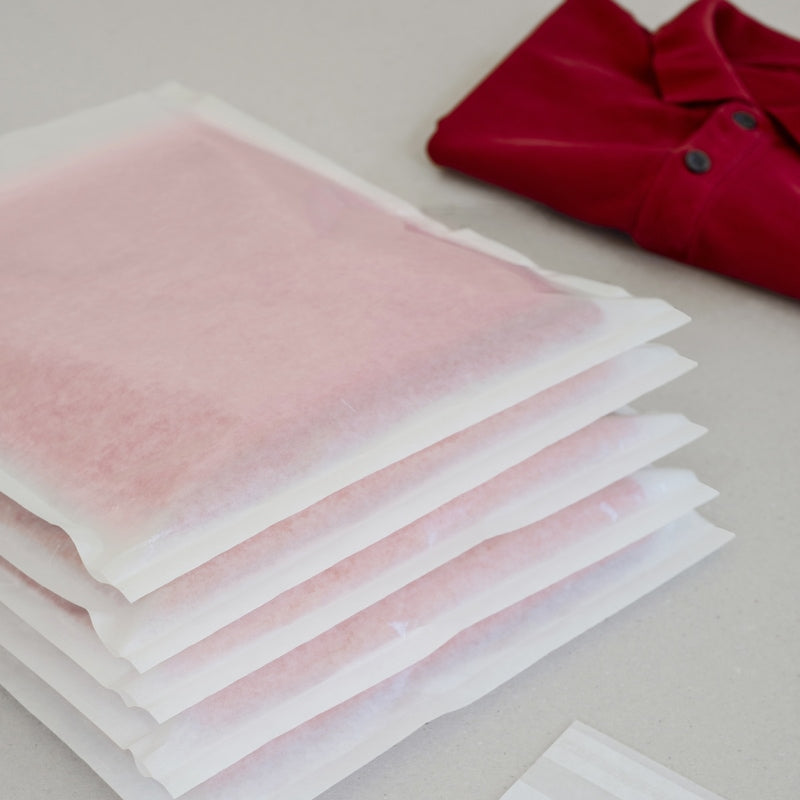

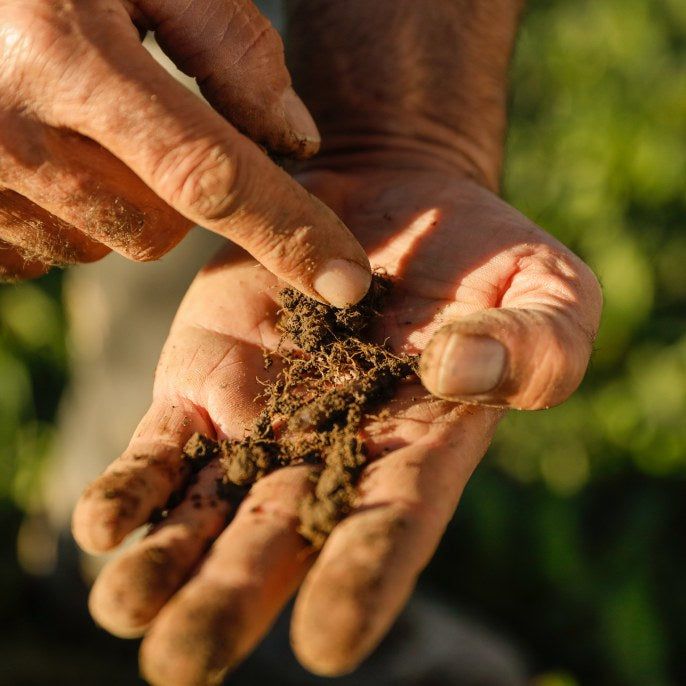
Greater environmental sustainability attributes or lower environmental impacts, as demonstrated by LCA studies.
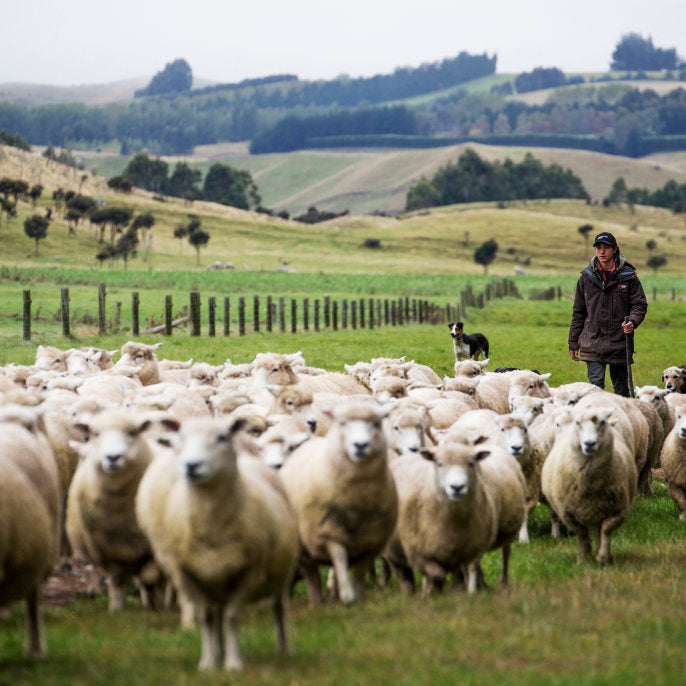
Improved social sustainability attributes, for people or animals.
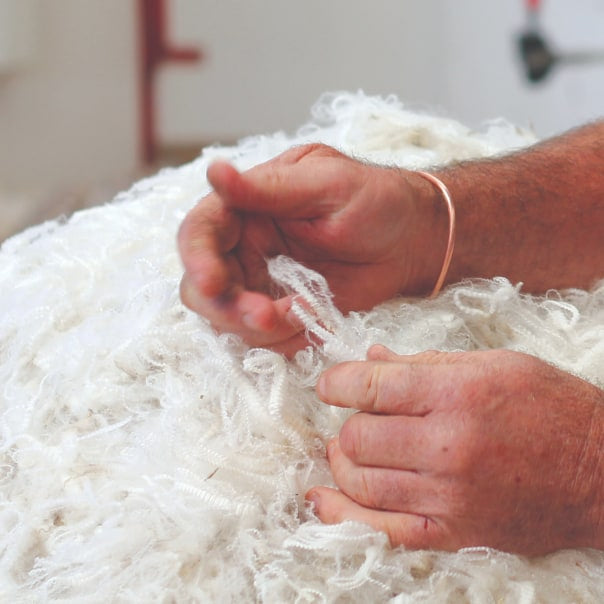
A robust chain of custody system in place to track or trace the material from origin.
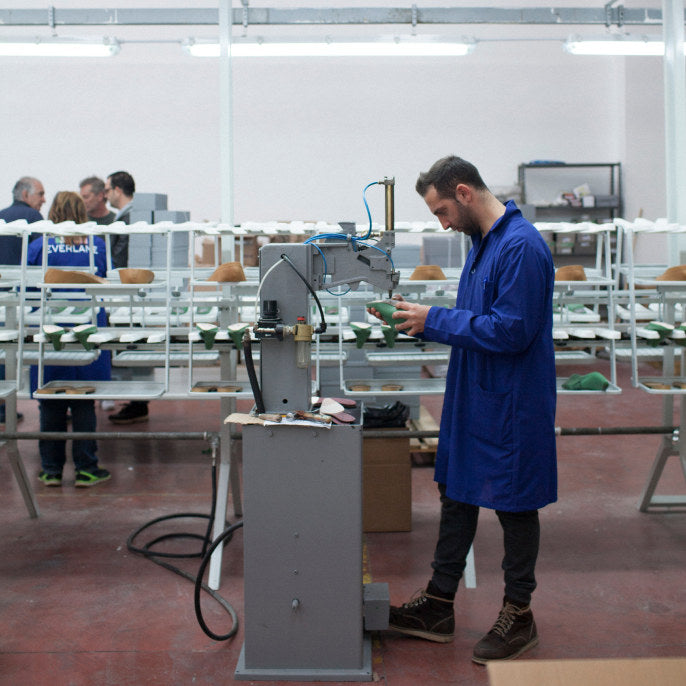
A recognized industry standard, certification, or testing protocol in place for verification.

Cotton
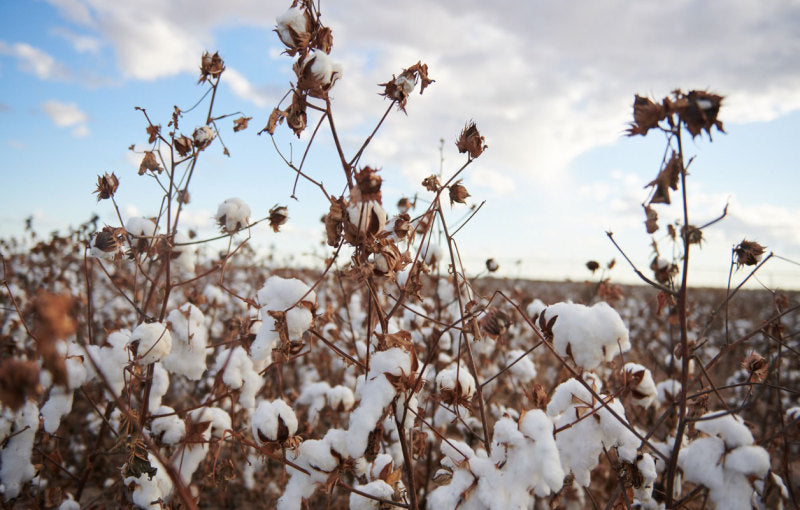
Organic Cotton
The vast majority of cotton we use (over 75%!) is certified organic from seed to shirt—via the Organic Content Standard (OCS) or other third-party verified organic manufacturing standards. Using organic cotton means cleaner and lower water usage, lower pesticide use, healthier soil, and a safer working environment for cotton farmers, compared to conventional cotton production.

Recycled Cotton
Recycled cotton presents an excellent opportunity to make good use of materials that already exist—and lower our carbon footprint (by as much as 71% in raw material phase, compared to conventional cotton), minimize waste, and support a circular economy in the process.
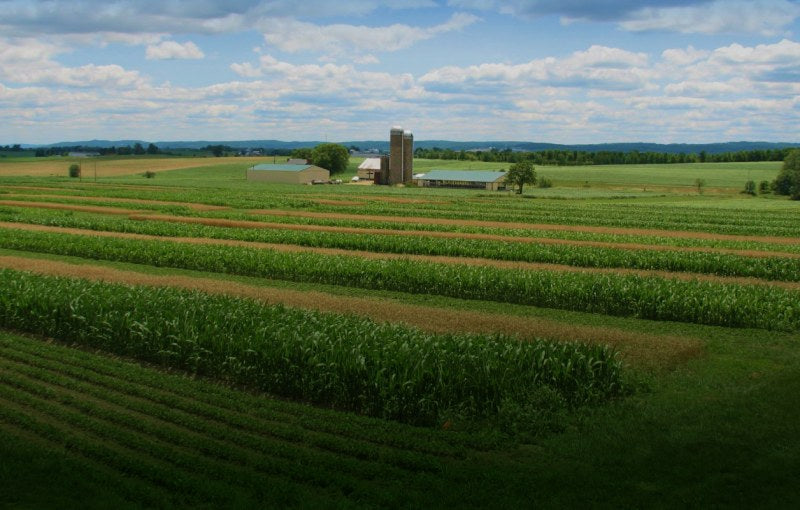
Regenerative Cotton
Regenerative agriculture practices like cover cropping, crop rotation, and low/no-till practices can restore land, biodiversity, and help draw carbon from the atmosphere and into the soil. Since 2021, we’ve partnered with the Rodale Institute to increase the adoption of regenerative farm practices. More recently, we’ve adopted Good Earth Cotton®–the world’s only climate-positive, regenerative cotton that is fully traceable from farm to finished product.
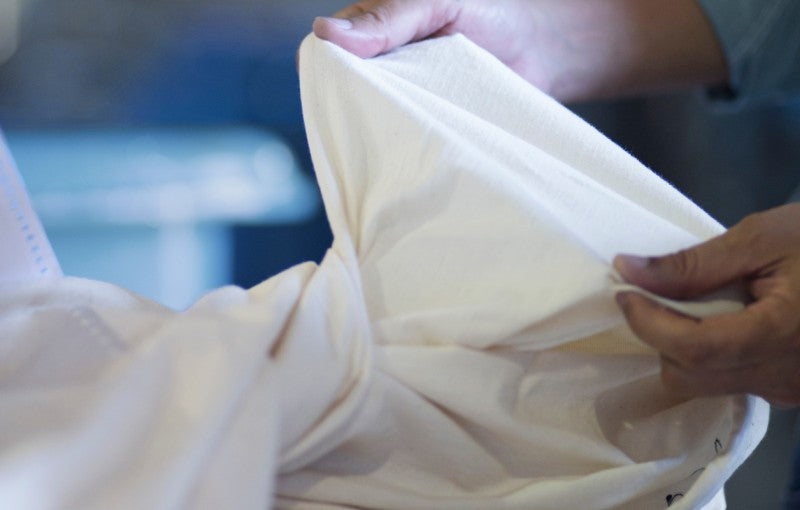
Farm-Traceable Cotton
Farm-Traceable CottonIn a few cases, we choose to support farm-traceable cotton projects, like Supima®—a domestically-sourced cotton with full supply chain visibility, right down to the farm level. Grown in the USA on just over 500 farms, Supima® is distinguished by its extra-long fiber length, durability, and softer hand feel, and is grown using state of the art technology to minimize natural resource inputs.
Man-Made Cellulosic Fibers
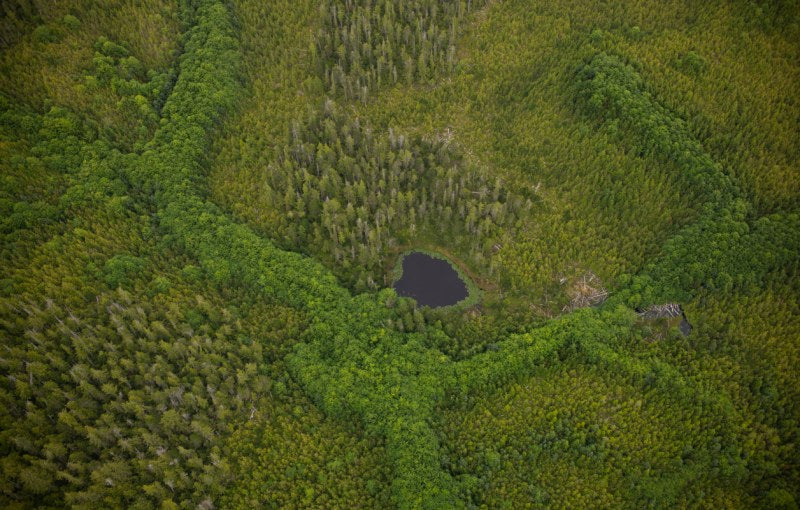
Forestry Stewardship Council (FSC) Certified
There are inherent risks to the conventional way of sourcing MMCFs, namely the source of the trees being harvested (too often from ancient and endangered forests, impacting the species and people that call them home). We source MMCFs that are derived exclusively from FSC-certified origins to safeguard against these risks.

CanopyStyle Dark Green Shirts
source of the trees being harvested (too often from ancient and endangered forests, impacting the species and people that call them home). We source MMCFs that are derived exclusively from FSC-certified origins to safeguard against these risks.CanopyStyle Dark Green ShirtsA “Dark Green Shirt” is the highest rating a MMCF supplier can achieve through CanopyStyle’s Hot Button Report. We only work with suppliers that are rated “Light Green” or “Dark Green,” meaning they surpass audit standards for forest conservation techniques, chemical, air, and emissions management, and traceability and transparent sourcing. Our goal is to source from only “Dark Green Shirt” designated suppliers by 2025.

Next-Gen Materials
Our long-term goal is to increasingly adopt next-generation solutions for MMCFs, incorporating textile waste as a feedstock to complement or replace the cellulose needed from wood pulp. We’ll continue to build on the success of TENCEL™ Lyocell with REFIBRA™ technology, which uses up to 33% upcycled cotton scraps as a source for its cellulose.
Bast Fibers

Linen
We love linen because it is an old-world fiber with a low environmental impact. Made from the flax plant, linen uses lower amounts of water, pesticides, and chemical inputs compared to other natural fibers like conventional cotton. We’re partnering with the European Flax™ Standard, which certifies origin and traceability from farm to finished garment. Sourced exclusively from Belgium, France, and the Netherlands, European Flax™ linen uses no GMOs, little-to-no irrigation, and utilizes all parts of the plant for a zero-waste operation.

Hemp
Hemp is a strong, long-lasting fiber that requires little water to cultivate. Plus, it naturally replenishes soil quality and grows without the need for harmful herbicides or pesticides—making it light on the planet too.
Recycled Polymers

Recycled Polyester
Our recycled polyester yarns come from repurposed, post-consumer plastic bottles and are certified to the Global Recycled Standard (GRS). Post-consumer plastic bottles are cleaned, sorted, and melted into pellets before being filtered and spun into renewed polyester threads that we use in products like our ReNew Transit bags and performance outerwear. We also use a highly traceable, lower impact, branded version of recycled polyester, called REPREVE®.
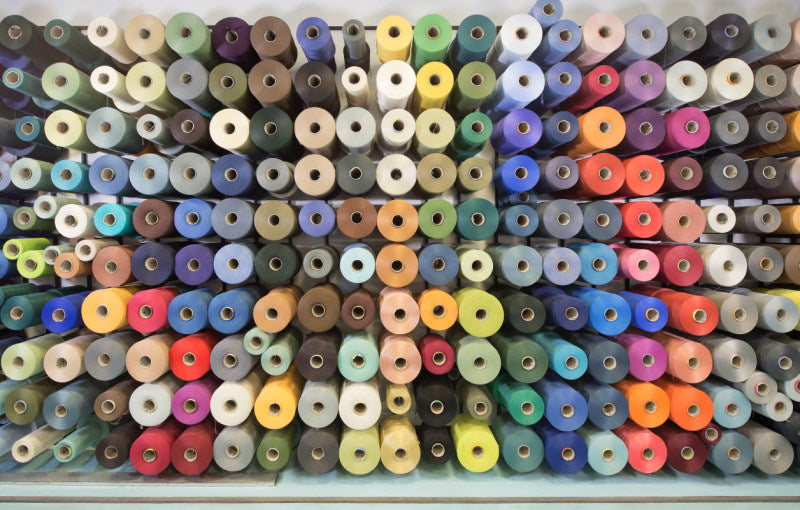
Recycled Nylon
We use recycled nylon in yarns and fabrics for performance and durability, and always ensure that the content we source is certified to the GRS or RCS standards. We also use a special yarn called ECONYL®, a 100% regenerated nylon fiber made from nylon waste, like fishing nets, fabric scraps, carpet flooring, and industrial plastic rescued from all over the world.

Elastane
For elastane, the issues are complex. There is currently no good way to recycle elastane, which makes finding feedstock for recycled elastane a stretch goal (pun intended). We continue to partner with innovative elastane manufacturers (like ROICA™ V550) and introduced a partly recycled elastane in some of our styles, but we still have a long way to go to achieve parity in performance and availability.
Animal Fibers

Recycled Wool, Cashmere & Down
To mitigate risks to animal welfare and climate change, we prioritize the use of GRS-certified recycled animal fibers, such as recycled cashmere, recycled wool, and recycled down. We also work with some of the most innovative suppliers to the market, such as Manteco (a world class Italian mill specializing in recycled wool) and Re:Down® (who repurposes feathers and down from pillows, comforters, and sleeping bags).

Responsible Wool, Alpaca & Good Cashmere
Where virgin fibers and materials must be sourced for quality or availability purposes, we favor suppliers and materials that support industry standards for animal welfare and traceability through chain of custody measures. These industry standards include the Responsible Wool Standard (RWS), Responsible Alpaca Standard (RAS), and the Good Cashmere Standard (GCS).
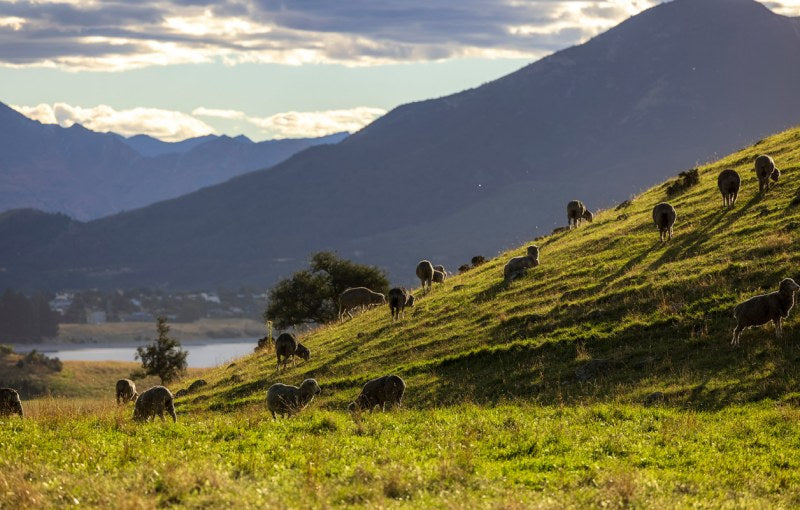
Regenerative Wool
An important build on our existing approach to animal fibers includes farming practices that restore soil health, contribute to carbon sequestration, and support thriving ecosystems and biodiversity. Over the next few years, we will increase the use of regenerative animal fibers and explore the development of in-transition regenerative farming practices. Today, we are proud to partner with ZQRX™ on our regenerative Good Merino Wool program.
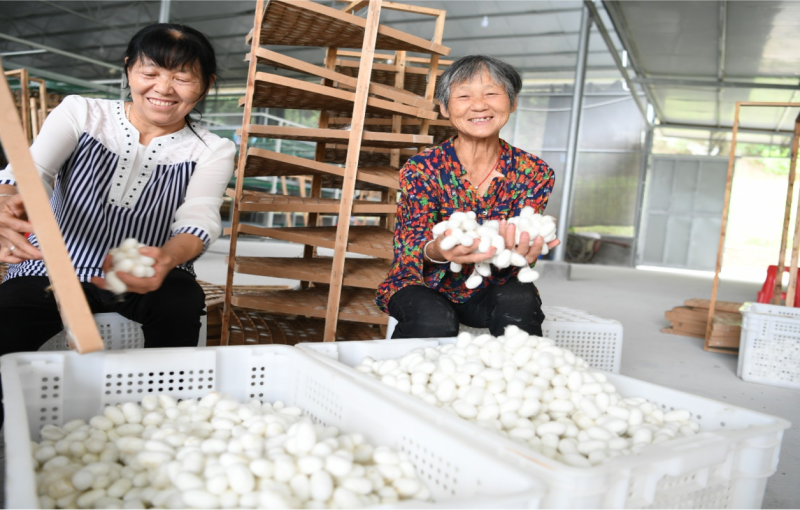
Clean Silk
Our Clean Silk comes from a 100% vertical sericulture supply chain that is transparent from farm to finished garment. Milled at a GOTS-certified facility, dyed at a bluesign®-certified dyehouse, and made at a LEED-certified factory, our Clean Silk is free of harmful chemicals and uses less energy throughout the production process, compared to conventional silk.
Leather
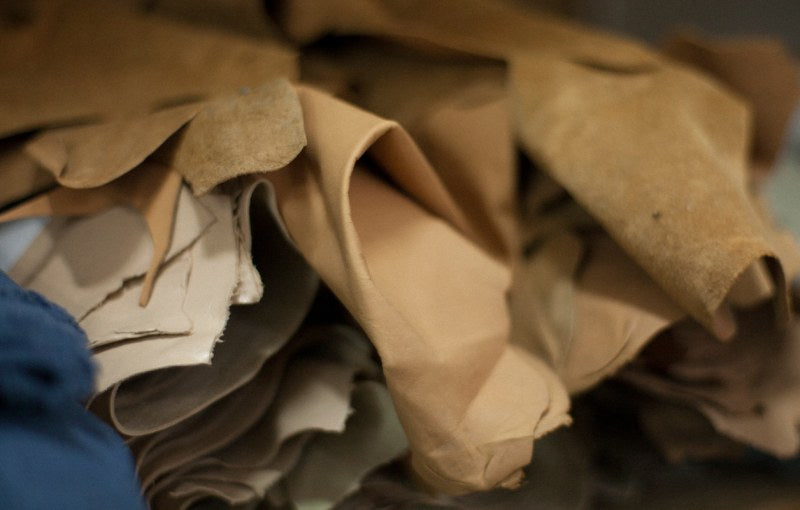
Leather Working Group (LWG)
The Leather Working Group (LWG) Audit Standards provide transparency and accountability within the leather supply chain—covering energy and water usage, safe chemical practices, worker health and safety, and wastewater management. Gold and Silver ratings are the highest standards a tannery can receive and over 98% of our virgin leather is sourced through these highly rated tanneries.
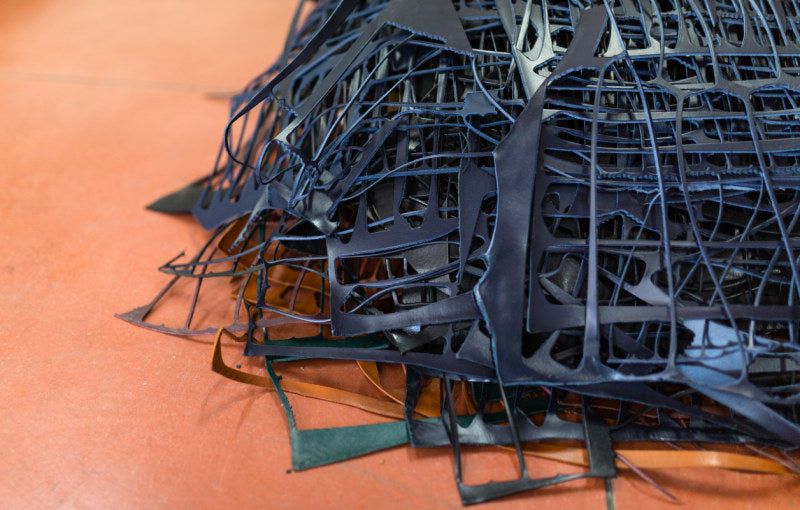
Recycled Leather
Wherever we can, we use recycled materials to lower our carbon footprint and reduce waste—and leather is no different. ReLeather®, our recycled leather, is an innovative, long-lasting material that’s made of recycled leather scraps and requires no new tanning or dyeing, with minimal water use and waste. It’s leather, reimagined. We did the math too—ReLeather® material is over 85% less emissions-intensive compared to virgin leather.

Deforestation-Free Leather
In 2023, we joined the Textile Exchange, World Wildlife Fund, Leather Working Group, and an inaugural group of like-minded brands in an industry-wide call to action: to commit to source all bovine leather from deforestation-free supply chains by 2030 or earlier. We’re proud to work across sectors to end deforestation and conversion of natural ecosystems linked to leather sourcing.
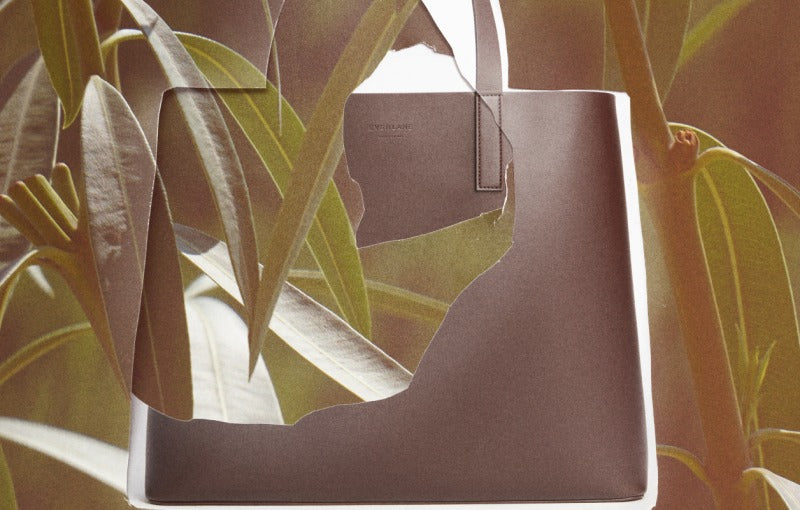
Bio-Based Leather Alternatives
We’re exploring innovative next-gen materials made out of bio-based alternatives like cactus, mushrooms, and biofabricated plant oils, which combine the quality of traditional leather with a lower environmental footprint. We currently offer two bio-based leather alternatives that boast significant environmental savings while maintaining the same quality, functionality, and longevity: Desserto® Cactus Leather and BioFabbrica Bio-Tex™.
Packaging
